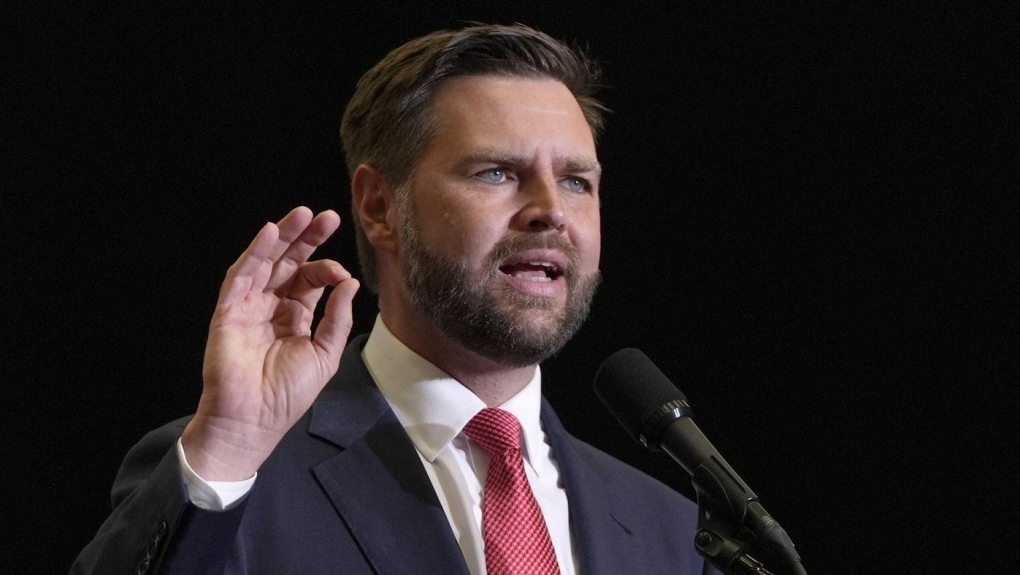The rapidly rising cost of food, energy and other daily staples could allow many Americans to reduce their tax bills next year, the I.R.S. confirmed on Tuesday.
Tax rates are adjusted for inflation, which in typical times means incremental movements in the thresholds for what income is taxed at what rate. But after a year that brought America’s fastest price growth in four decades, the shift in rates is far more notable: an increase of about 7 percent.
Other parts of the tax code will also be affected by the inflation adjustment. Those include the standard deduction Americans can claim on their tax returns.
The shift would be slightly larger if not for a change Republicans made as part of President Donald J. Trump’s tax overhaul that was passed in 2017. It tied rates to a measure of inflation, called the chained Consumer Price Index, that typically rises more slowly than the standard Consumer Price Index. In September, chained C.P.I. was up about a quarter of a percentage point less, compared with the previous year, than standard C.P.I.
The 24 percent rate will apply above individual incomes of $95,375 — $190,750 for couples — and the 22 percent rate starts above $44,725 for individuals and $89,450 for couples. The 12 percent rate will apply to individual incomes above $11,000 and $22,000 for married couples. The lowest rate, 10 percent, will apply to incomes up to those amounts.
Further boosting filers, the standard deduction will rise to $27,700 for couples, an increase of $1,800 from this year. For individuals, it will be a $900 increase, to $13,850.
Those shifts will not affect the tax rates of Americans whose salaries have kept pace with inflation over the last year. But for many Americans, that has not been the case. Inflation-adjusted weekly earnings declined nearly 4 percent from September last year to this September, the Labor Department reported last week.



























